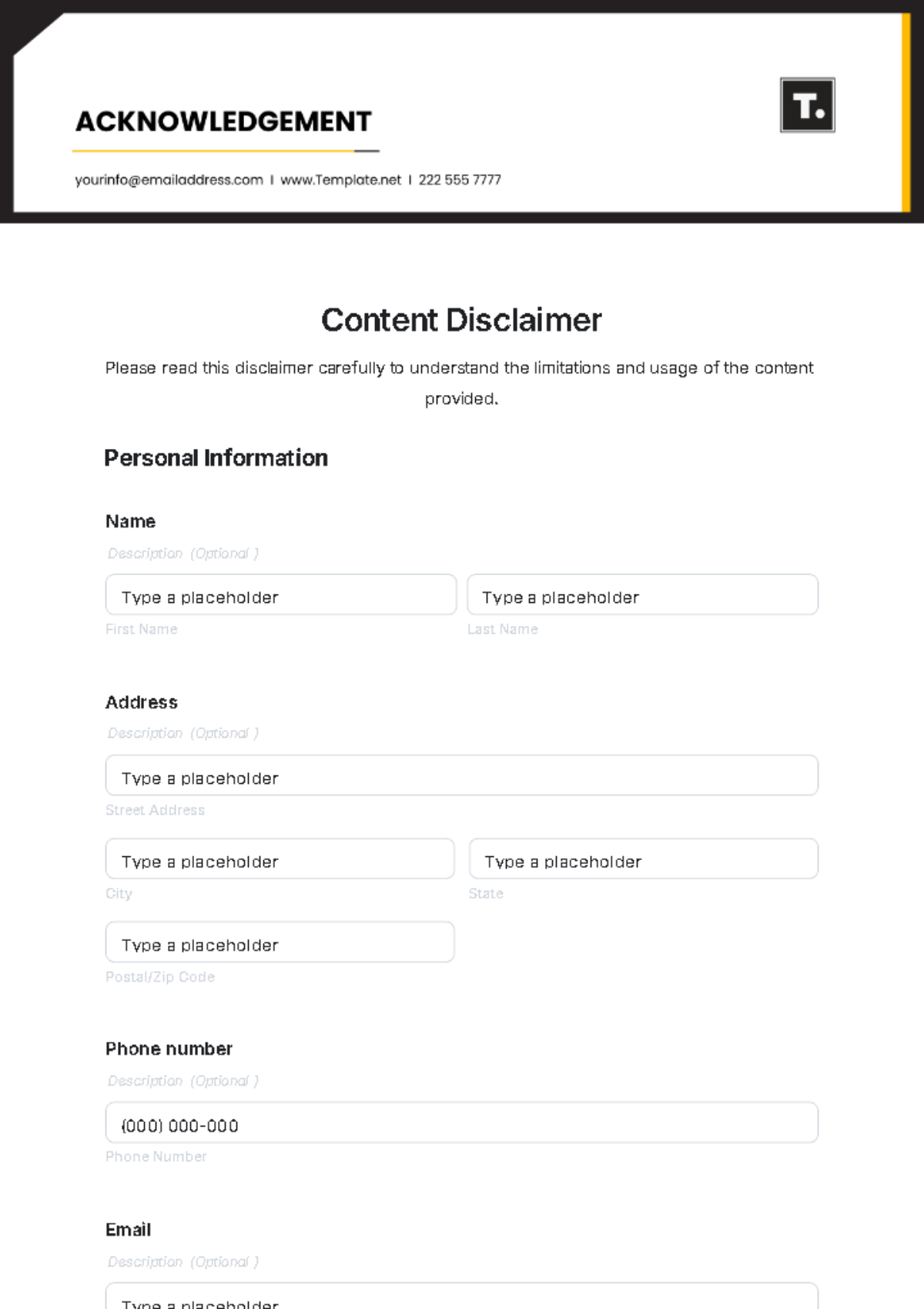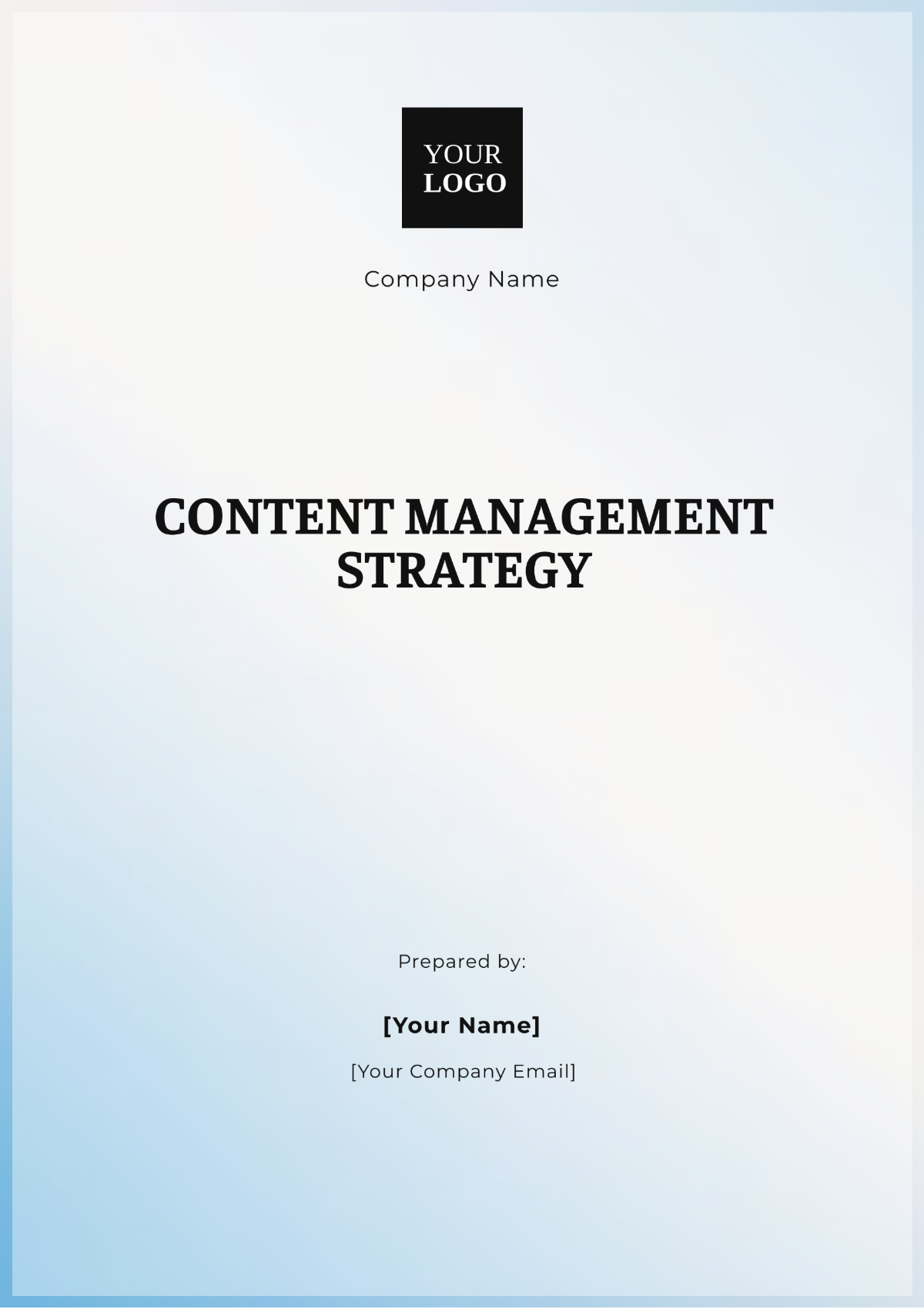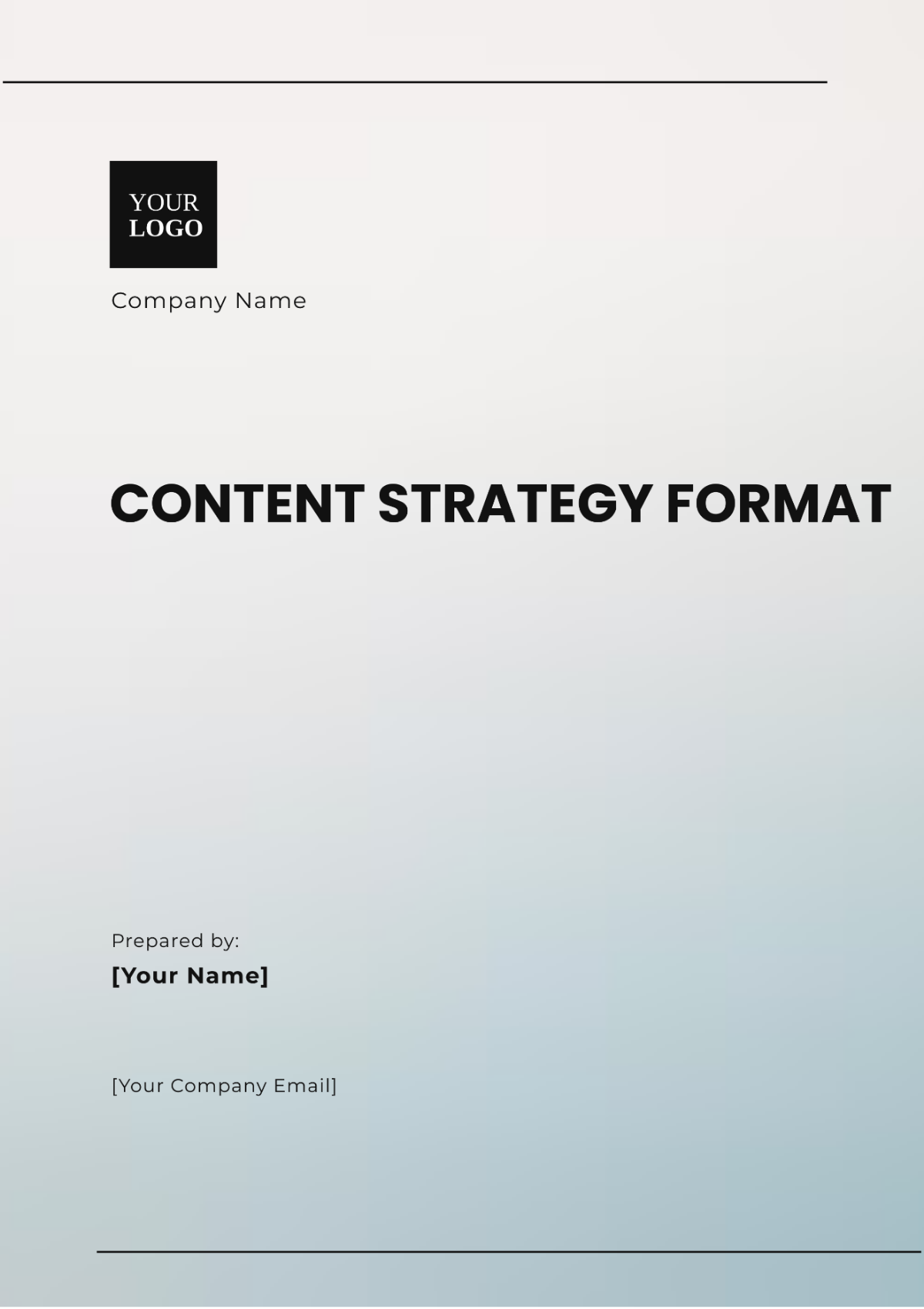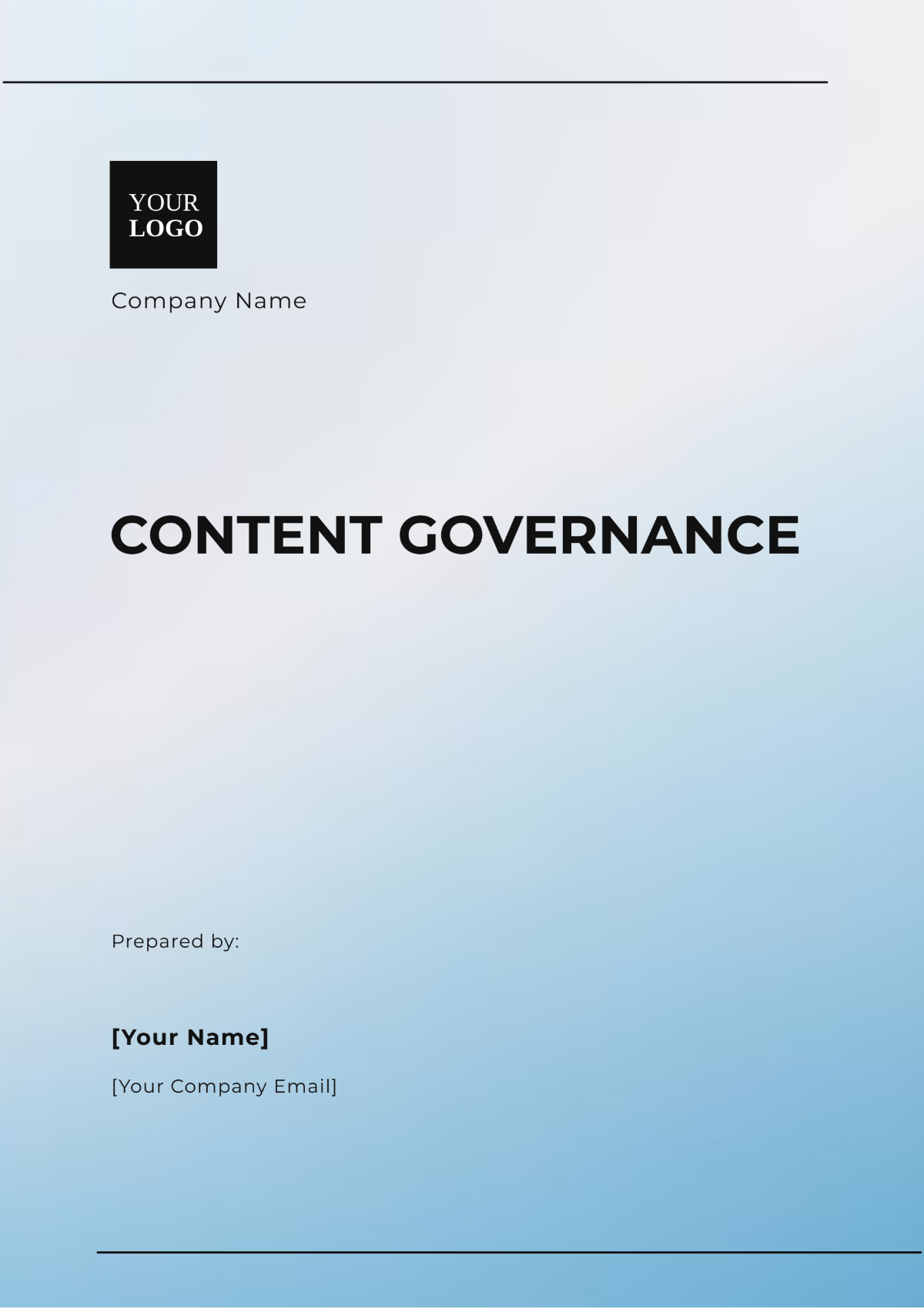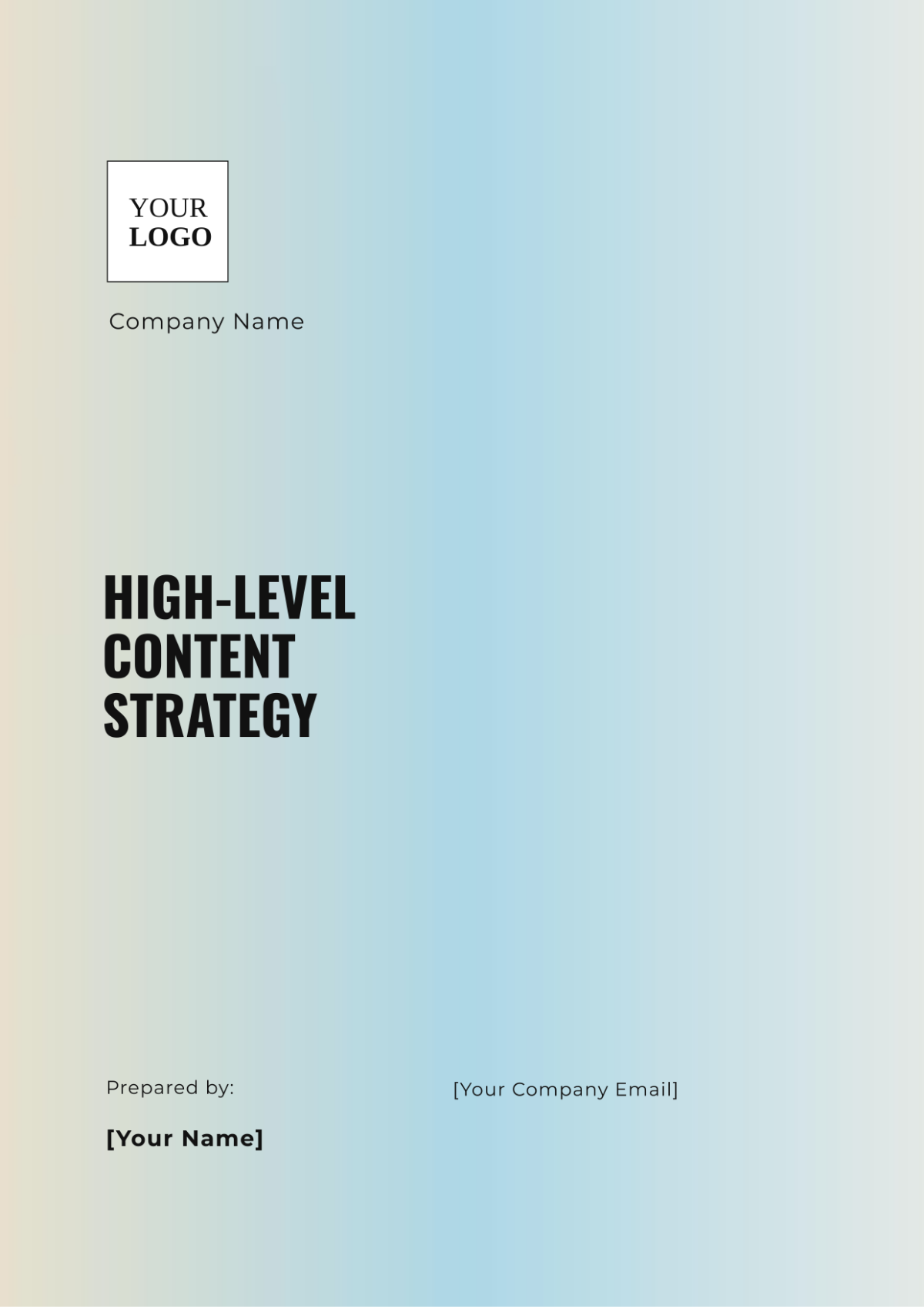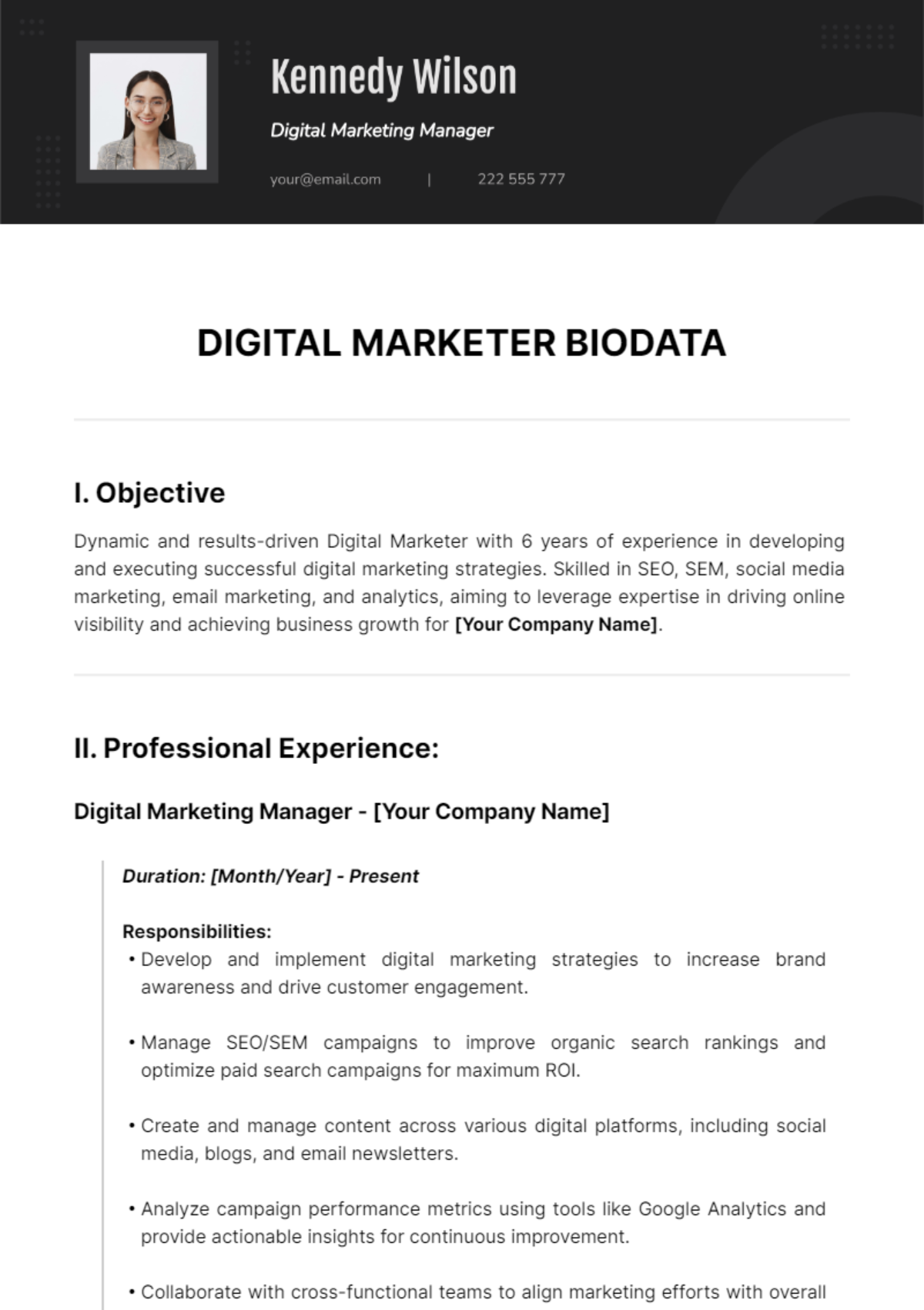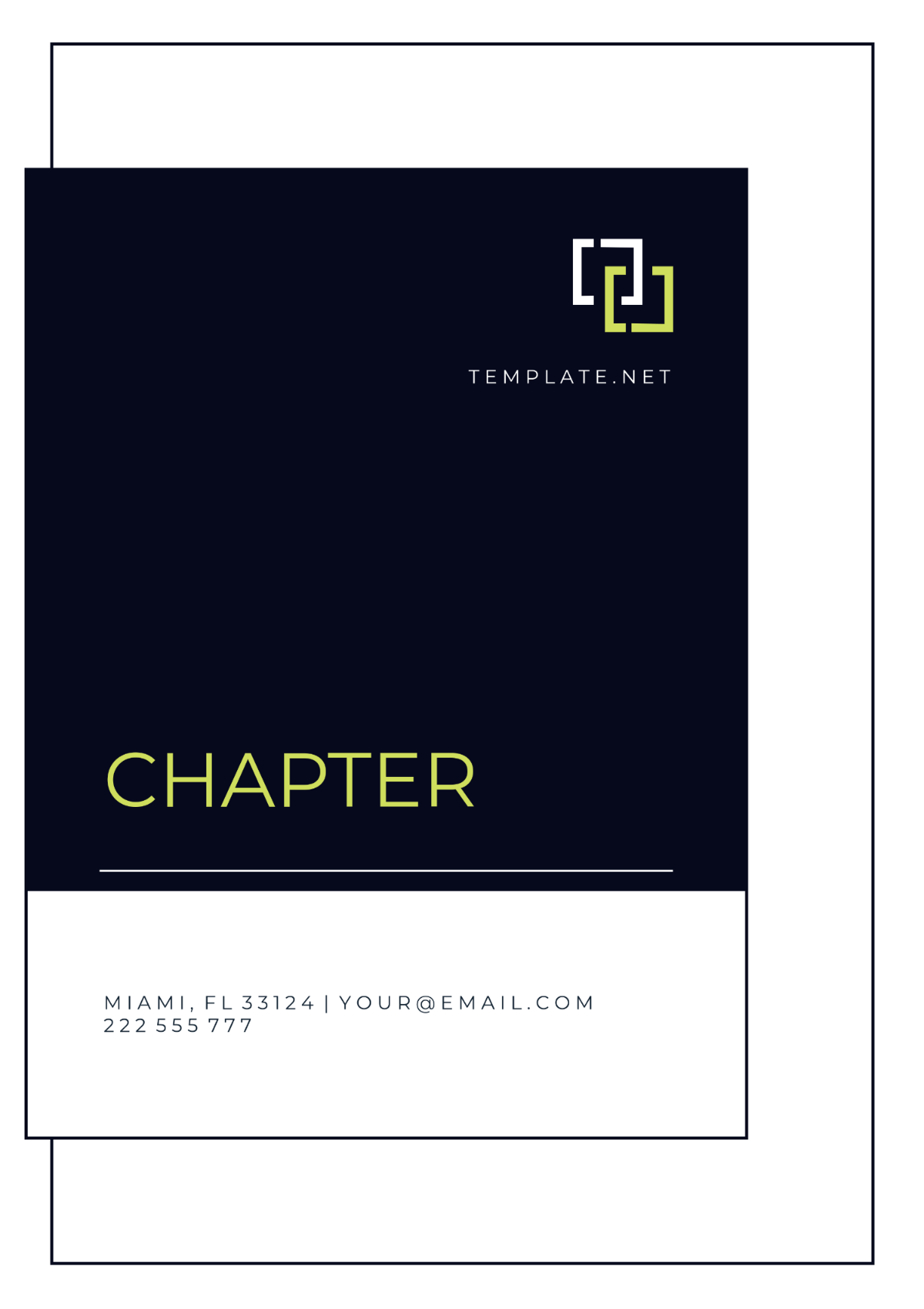Content Creators Behavioral
Prepared By: [Your Name]
Introduction
Content creation has emerged as a prominent profession in the digital age, driven by the rapid growth of social media, streaming platforms, and video-sharing websites. This observational study explores the behaviors, motivations, challenges, and adaptation strategies of content creators. The findings focus on the varied patterns of work, emotional and psychological impacts, community interaction, and the content creation cycle.
The Content Creation Ecosystem
Evolution of Content Creation Platforms
The rise of content creators is closely tied to the growth of digital platforms. The ecosystem today is highly diverse, with different content types spanning social media, video platforms, blogging, and live streaming.
1. Social Media Platforms
Instagram: Visual and short-form content, typically lifestyle-focused.
TikTok: Short, viral videos aimed at entertainment and trends.
Twitter: Text-heavy content, emphasizing opinions, news, and micro-blogging.
2. Video and Streaming Platforms
YouTube: The pioneer in long-form video content and vlogging.
Twitch: Live streaming, particularly popular for gaming and interactive broadcasts.
These platforms significantly influence creators’ content strategies and audience engagement. The competitive nature of these environments often dictates the frequency and style of content published.
Types of Content Creators
Content creators come from diverse backgrounds, each drawn to the field for various reasons, such as passion, creative expression, or monetary gain. We classify them into several categories:
Niche Experts: Creators specializing in a particular field (e.g., tech reviews, educational content).
Vloggers: Focused on documenting their daily life or activities.
Entertainers: Those who create humorous, performance-based, or trendy content.
Streamers: Individuals who engage live with an audience while playing games or performing an activity.
The varied backgrounds contribute to the differences in work styles, engagement with their audience, and adaptation to challenges.
Behavioral Patterns of Content Creators
Content creators exhibit distinct behavioral patterns influenced by their choice of platform, content type, and personal goals.
Content Creation Cycles
Content creation generally follows a structured cycle consisting of:
Stage | Activities | Emotional Impact |
|---|---|---|
Idea Generation | Brainstorming, trending topic analysis, community feedback | Excitement, creativity |
Content Production | Filming, editing, writing, graphics design | Stress, focus |
Content Distribution | Uploading, sharing, and promoting content across social media | Anticipation, anxiety |
Community Engagement | Responding to comments, creating polls, analyzing feedback | Fulfillment, connection |
Reflection & Adaptation | Evaluating performance, tweaking strategies based on analytics | Frustration, motivation |
1. Idea Generation
The ideation stage is fueled by inspiration from trends, community requests, or personal interests. The content creators may spend hours researching the topics that are likely to resonate with their audience. This stage is also marked by the excitement of potential creative output.
2. Content Production
The production stage varies significantly in complexity. For instance, vloggers may need minimal equipment and editing, while niche experts or entertainers may invest in complex video editing, graphics, and animations. This stage can be both mentally and physically taxing, requiring focus and skill, which may lead to burnout.
3. Content Distribution
Creators employ multiple platforms for content distribution to increase reach. The strategic use of SEO, hashtags, and timing is crucial. This stage often involves some stress due to concerns over content performance, views, and audience reception.
4. Community Engagement
Interacting with followers is essential for content creators. Responding to comments and messages, hosting Q&A sessions, or creating content based on audience requests allows creators to maintain an interactive community. Positive interactions often bring a sense of fulfillment, while negative feedback may lead to emotional strain.
5. Reflection and Adaptation
Creators routinely review analytics and feedback to understand the content's performance. The need to continuously improve can trigger self-doubt or frustration, but successful adjustments can enhance motivation and future content.
Motivations Behind Content Creation
Intrinsic vs. Extrinsic Motivations
The motivation for content creation often comes from two primary sources: intrinsic (internal) and extrinsic (external) factors.
Motivation Type | Examples | Observed Effects on Behavior |
|---|---|---|
Intrinsic | Passion for creating, desire for self-expression, personal growth | Consistent content quality, creative fulfillment |
Extrinsic | Monetary gain, sponsorships, social recognition, platform algorithms | Pressure for frequency, potential burnout |
1. Intrinsic Motivations
Creators driven by intrinsic motivations tend to focus on authenticity, creativity, and community-building. These creators are often more resilient to stress and adapt their work according to their creative vision rather than algorithmic demands. They are more likely to pursue long-term growth and value deep connections with their audience.
2. Extrinsic Motivations
Creators motivated by external factors often experience greater stress due to the pressures of monetization and maintaining high viewership numbers. These creators may prioritize content quantity over quality, aiming to satisfy platform algorithms for visibility. While extrinsic motivations can lead to faster short-term growth, they may also result in burnout due to the high pressure.
Challenges Faced by Content Creators
Content creators encounter a wide range of challenges, both personal and platform-related.
Psychological and Emotional Challenges
Content creation can be mentally and emotionally demanding, with common issues including:
Burnout: The constant need to produce content can lead to exhaustion and creative block.
Anxiety and Stress: Concerns overviews, follower count and negative feedback contribute to mental health issues.
Isolation: Creators working alone may experience loneliness, particularly when their work requires long hours of editing or filming.
Coping Mechanisms
To combat these challenges, content creators employ various coping strategies:
Time Management: Establishing structured work schedules and allocating breaks to prevent burnout.
Support Networks: Joining online communities of fellow creators for collaboration and emotional support.
Mental Health Awareness: Many creators now incorporate mental health days and openly discuss their struggles with their audience to alleviate pressure.
Algorithmic and Platform Challenges
The unpredictable nature of platform algorithms presents a major obstacle for content creators. Shifts in how content is recommended can cause drastic fluctuations in visibility, forcing creators to constantly adapt their strategies.
Platform Challenges | Impact on Creators |
|---|---|
Algorithm Changes | Decreased visibility, sudden drops in engagement metrics |
Platform Policies | Content demonetization or bans, changes in terms of service |
Monetization Models | Inconsistent earnings, reliance on brand deals, and ad revenue |
Intellectual Property Violations | Content removal due to copyright issues |
Adaptation Strategies
Successful content creators often employ strategies to navigate these challenges:
Diversifying Income Streams: In addition to ad revenue, many creators engage in sponsorship deals, sell merchandise, or offer memberships (e.g., Patreon).
Platform Diversification: Posting on multiple platforms reduces dependence on a single algorithm and broadens audience reach.
Consistent Engagement: Building a loyal audience base through personal interaction and consistent content helps creators weather algorithmic shifts.
Interaction with Communities
Building and Maintaining an Audience
Audience interaction is fundamental for sustained success in content creation. Creators use various methods to build, engage, and maintain their audiences:
Authenticity: Creators who remain authentic tend to attract loyal followers who connect with their real persona.
Interactive Features: Polls, live Q&A sessions, and responding to comments foster community participation.
Niche Community Engagement: Niche creators often create dedicated forums, groups, or Discord servers to maintain more intimate connections with their community.
Dealing with Negative Feedback
Negative feedback is an inevitable part of the content creator experience. Some creators opt to ignore toxic comments, while others use humor or empathy to diffuse difficult situations. Strategies for managing negative feedback include:
Constructive Criticism: Engaging with valid feedback to improve future content.
Selective Filtering: Many platforms allow creators to filter harmful comments or block users.
Professional Support: Some creators seek mental health support to deal with persistent trolling or harassment.
Future Trends and Adaptations in Content Creation
The content creation landscape is continuously evolving. Emerging technologies and platform developments are shaping the future of this industry.
Integration of Artificial Intelligence
AI is increasingly influencing content creation through tools that automate editing, improve audience targeting, and analyze trends. Creators who leverage AI for efficiency and optimization are expected to remain competitive in the evolving digital environment.
Short-Form Content Dominance
Platforms like TikTok and YouTube Shorts have accelerated the shift toward short-form content, which is easy to consume and share. Content creators are adapting by producing more concise and high-impact videos.
Creator Collaborations
Collaborations between creators are becoming more frequent as they seek to cross-promote content, share audiences, and diversify their appeal. These collaborations can range from simple guest appearances to large-scale, multi-channel projects.
Conclusion
Content creators navigate a complex and ever-changing environment, balancing creativity, community engagement, and platform demands. Understanding the behavioral patterns, challenges, and adaptation strategies of content creators provides insight into how digital media professionals operate within this space. By staying adaptable and resilient, successful content creators can manage the emotional and technical challenges associated with their craft, ensuring longevity in the fast-paced world of digital content.



